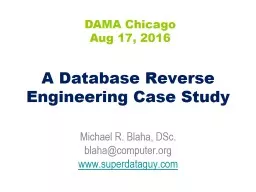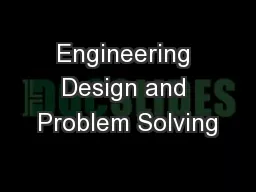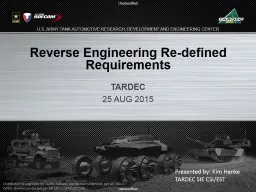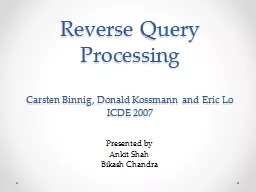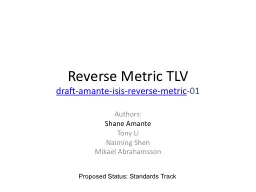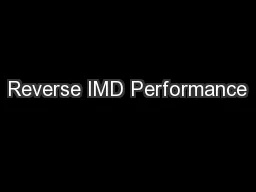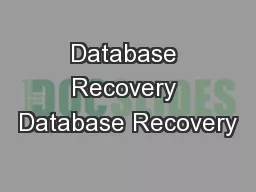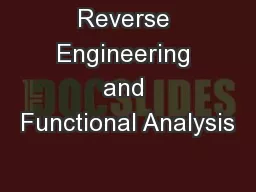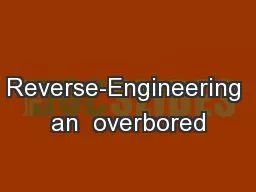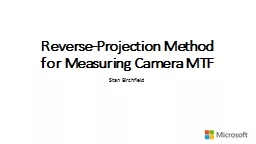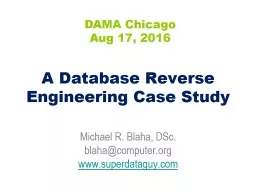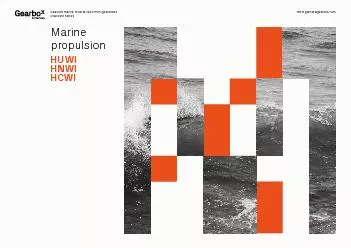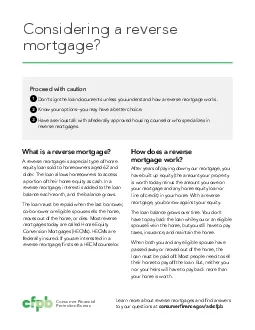PPT-A Database Reverse Engineering Case Study
Author : beastialitybiker | Published Date : 2020-06-15
Michael R Blaha DSc blahacomputerorg wwwsuperdataguycom DAMA MN Nov 16 2016 What is Database Reverse Engineering Reverse engineering is the inverse to normal development
Presentation Embed Code
Download Presentation
Download Presentation The PPT/PDF document "A Database Reverse Engineering Case Stud..." is the property of its rightful owner. Permission is granted to download and print the materials on this website for personal, non-commercial use only, and to display it on your personal computer provided you do not modify the materials and that you retain all copyright notices contained in the materials. By downloading content from our website, you accept the terms of this agreement.
A Database Reverse Engineering Case Study: Transcript
Download Rules Of Document
"A Database Reverse Engineering Case Study"The content belongs to its owner. You may download and print it for personal use, without modification, and keep all copyright notices. By downloading, you agree to these terms.
Related Documents

